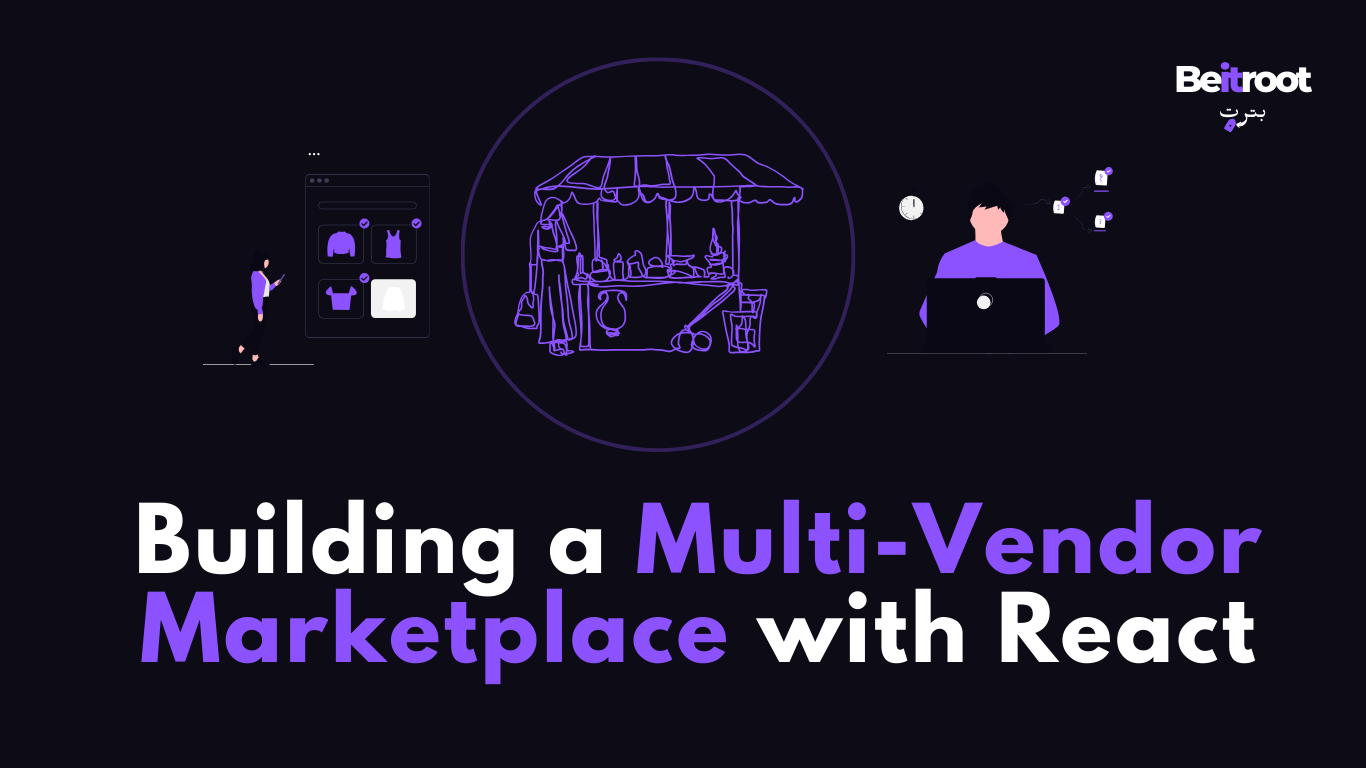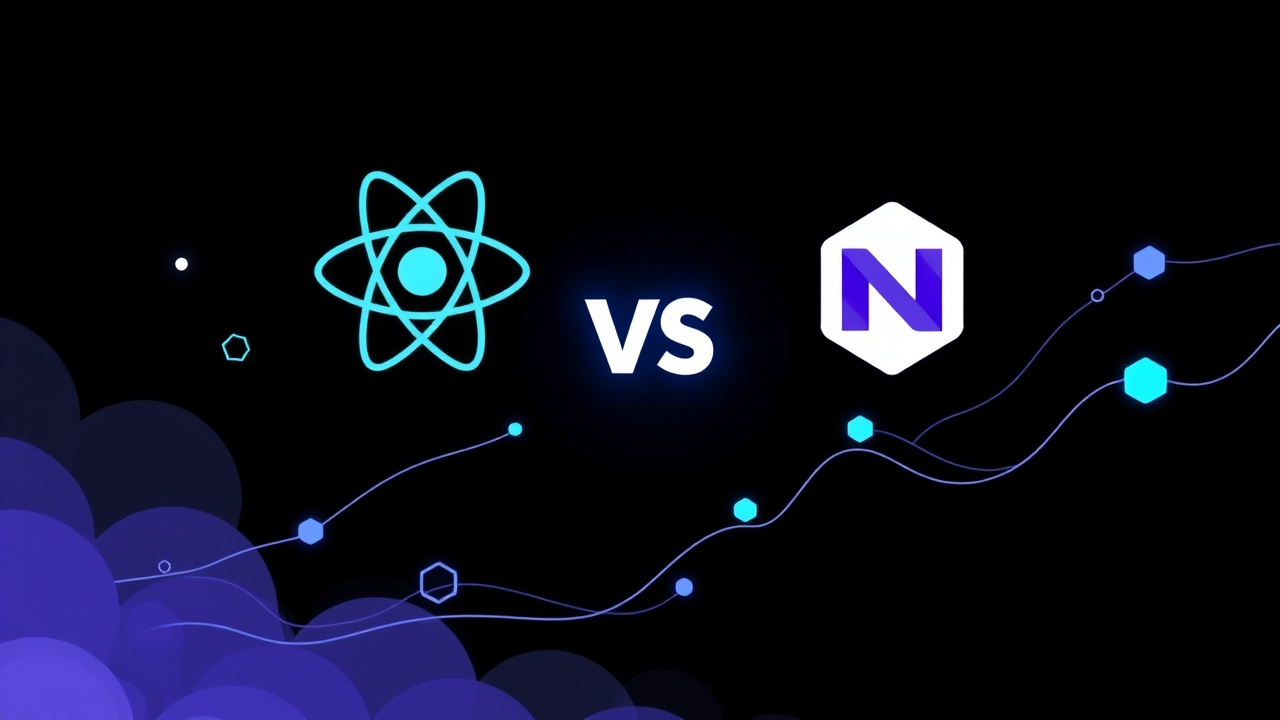
- Editorial-team
- 13 Feb, 2025
- 4 min read
Building a Multi-Vendor Marketplace with React for Faster Development and Scalability
In today’s digital landscape, creating a multi-vendor marketplace platform requires a strategic approach to leverage the best tools and technologies for optimal performance. This blog post explores the benefits of using React for frontend development and Node JS for backend development to achieve faster development, hybrid capabilities, and scalability in a multi-vendor setup. Dive into the world of efficient marketplace development and discover how these technologies can revolutionize your online platform.
Benefits of Using Node JS and React in Multi-Vendor Marketplace Development
When it comes to building a multi-vendor marketplace, the choice of backend and frontend technologies plays a crucial role in shaping the platform’s success. Node JS, known for its robust backend capabilities, offers essential vendor management tools and secure payment integration features. On the other hand, React excels in providing a seamless user experience with real-time updates, making it an ideal choice for frontend development.
- Vendor Management: Node JS provides advanced tools for managing multiple vendors efficiently.
- Secure payment integration ensures smooth transactions for vendors and customers.
- User Experience: React’s component-based architecture enhances user experience with dynamic and responsive interfaces.
- Real-time updates keep users engaged and informed about marketplace activities.
Combining Node JS and React unlocks the potential for a feature-rich multi-vendor platform with customizable dashboards and secure payment systems, setting the stage for marketplace success.
Leveraging React for Fast and Scalable Web Applications
React stands out as a top choice for developing fast and scalable web applications, thanks to its versatile features and developer-friendly ecosystem. Let’s explore why React is the go-to framework for futuristic and user-centric web solutions:
- Component-Based Architecture: React’s modular structure allows for easy development and maintenance of web components.
- Virtual DOM: Enhances performance by minimizing DOM manipulation, leading to faster rendering of UI changes.
- Cross-Platform Development: Enables developers to create web apps that work seamlessly across different devices and platforms.
- SEO Friendliness: React’s server-side rendering capabilities improve search engine visibility and indexing.
Did You Know? Around 39.5% of developers prefer using React for web app development, highlighting its popularity and effectiveness in building high-quality solutions.
Embracing Containerization for Scalability and Efficiency
Containerization, a key aspect of modern application development, offers a streamlined approach to managing and deploying applications in isolated environments. Tools like Docker and Kubernetes play a vital role in orchestrating containers efficiently, providing benefits such as portability, consistency, and scalability.
- Benefits of Containerization:
- Portability: Easily move applications across different environments.
- Efficiency: Utilize resources effectively by isolating application dependencies.
- Scalability: Scale applications seamlessly based on demand.
Key Takeaways:
- Containerization enhances application performance by ensuring efficient resource utilization and streamlined deployment processes.
Exploring Cloud Application Development for Scalable Solutions
Cloud application development presents a strategic shift towards leveraging cloud infrastructure for enhanced scalability, collaboration, and security. By understanding the various cloud service models and deployment options, businesses can unlock a world of opportunities for rapid growth and innovation.
- Cloud Service Models:
- Infrastructure as a Service (IaaS)
- Platform as a Service (PaaS)
- Software as a Service (SaaS)
- Function as a Service (FaaS)
Key Features of Cloud Development:
- Scalability: Instantly adjust resources based on demand.
- Cost Efficiency: Pay-as-you-go pricing model for optimized spending.
- Security: Built-in measures to safeguard data and applications.
Real-World Example: Techstack’s cloud-based solution for an EV charging company utilized AWS infrastructure and IoT tools to address scalability and connectivity challenges, achieving significant milestones in server development and data management.
Conclusion
In conclusion, harnessing the power of React for frontend development, Node JS for backend functionalities, containerization for efficient deployment, and cloud technologies for scalability can pave the way for building a robust and scalable multi-vendor marketplace platform. By embracing these innovative approaches, businesses can stay ahead in the competitive ecommerce landscape and deliver exceptional user experiences.
Key Takeaways:
- React and Node JS offer a winning combination for multi-vendor marketplace success.
- Containerization and cloud development enhance scalability and efficiency.
- Embrace modern technologies to build user-centric and scalable solutions.
Embark on your journey to creating a dynamic multi-vendor marketplace with cutting-edge technologies and elevate your online presence to new heights. Stay tuned for more insights and tips on optimizing your digital strategies for success!


